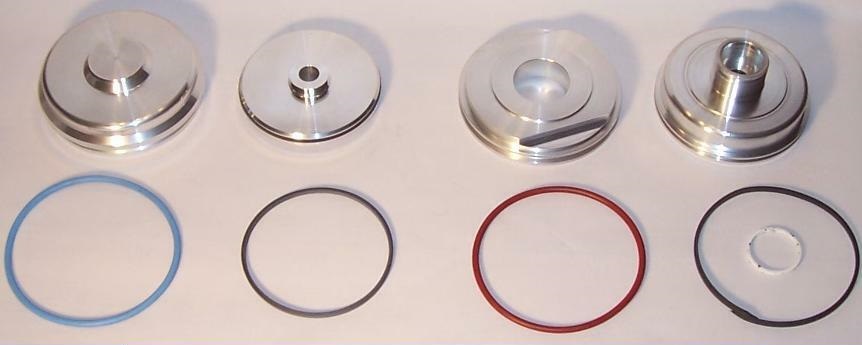

The Servo motor consists of a huge gear combination inside the motor with the potentiometer which decides the degree of the rotation of the motor. The maximum duty cycle of width 2 ms is subtending 180 degrees.The duty cycle of width 1.5 ms is subtending 90 degrees.


PLC motion controller from the control unit generates the electric pulses, which is fed to the DC Motor.*Servo Motor = DC Motor + Gear Assembly + Position sensing device* The magnetic field produced for both are different The magnetic field produced for both are the same The motors have two types of coils inside namely the Stator armature coil and the Rotor armature coil. Synchronous or Asynchronous servo motors are categorized based on “types of magnetic field “ produced inside armature.Brushed motors are simple and easy to rotate with noise whereas brushless are used to achieve higher efficiency with less noise. Brushed or Brushless servo motors are categorized based on “types of commutators “, they are designed of.AC servo motors withstand higher currents and are mostly used where high repetition and precision are required whereas, DC servo is mostly used to carry fewer loads. AC or DC servo motors are categorized based on the “types of currents “, they operate.It has three types of classifications – AC or DC servo motors, Brushed or Brushless motors, and Synchronous or Asynchronous motors.It is controlled by analog and digital types of electric signals.Note: Servo Motors are nothing but a regular DC motor coupled with a sensor to provide positional feedback or feedback signal. Servo motors are the part of closed-loop systems in which the control unit, amplifier, shaft, encoder and servo motor all are connected in a loop with each other. It converts the feedback electric signals to angular velocity or angular position. A servo system is a closed-loop system where the feedback signal (output signal) in parameters like position, velocity, acceleration, etc.The servo arm maximum turn limit is 180 degrees and by connecting the servo with Arduino, one can control the position of servo motors.

They can easily turn to specified positions, using the positional feedback system discussed below.


 0 kommentar(er)
0 kommentar(er)
